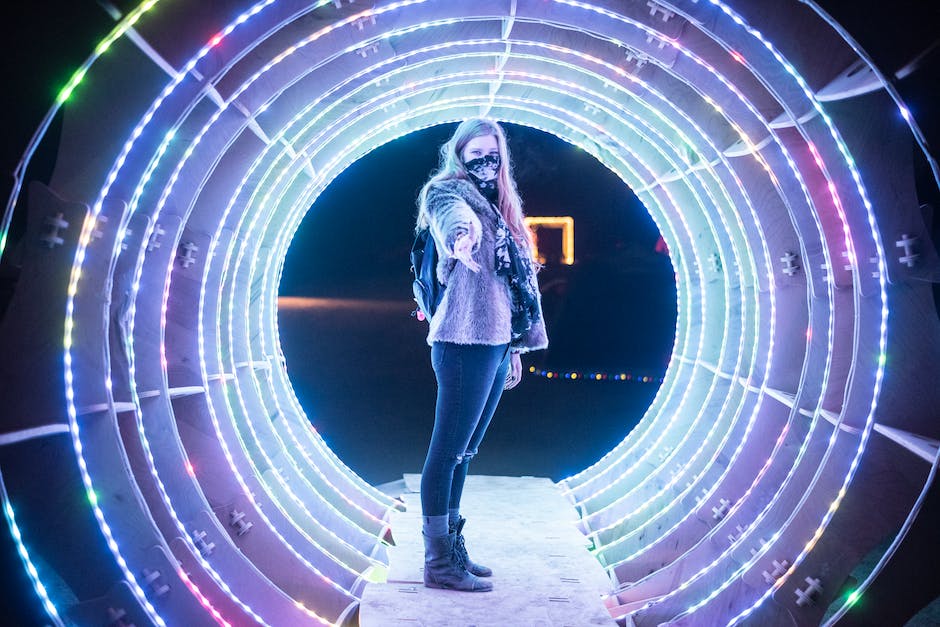Importance of eco-friendly lighting in warehousing
LED lighting in warehousing is crucial for reducing energy consumption and promoting sustainability. By using eco-friendly LED lights, warehouses can significantly lower their electricity bills and minimize their environmental impact. LED lights also have a longer lifespan compared to traditional lighting, reducing the need for frequent replacements. Furthermore, they provide better illumination, enhancing safety and productivity in the warehouse environment. Making the switch to eco-friendly LED lighting is not only cost-effective but also aligns with the growing emphasis on sustainable business practices.

Benefits of LED lighting
LED lighting in warehousing may initially cost more to install than traditional lighting options, but the benefits can lead to long-term cost savings and environmental advantages. Here are some key benefits of LED lighting:
- Energy Efficiency: LED lights use significantly less energy than traditional lighting, reducing electricity costs and lowering the environmental impact.
- Longevity: LED lights have a longer lifespan than traditional lighting, reducing the frequency of replacements and maintenance costs.
- Environmental Impact: LED lighting reduces greenhouse gas emissions associated with electricity production and does not contain hazardous materials like mercury, making it an eco-friendly choice.
- Improved Visibility: LED lights provide better quality lighting, enhancing safety and productivity in the warehouse environment.
By switching to LED lighting, businesses can enjoy reduced energy bills, lower maintenance costs, and a positive impact on the environment.
Energy and cost savings with LED lighting
LED lighting can significantly reduce energy costs in warehouses, offering long-term savings. According to the U.S. Energy Information Administration, LEDs use 25% to 30% less energy than traditional lighting sources. Additionally, they have a longer lifespan, lasting up to 25,000 hours, which means lower replacement and maintenance costs. Considering these benefits, making the switch to eco-friendly LED lighting can lead to substantial cost savings for warehousing operations.
Environmental impact of eco-friendly lighting
LED lighting is an environmentally friendly choice for warehouses. Switching to LED lights can help reduce carbon emissions and minimize the ecological impact of traditional lighting methods. LED lights are energy-efficient and have a longer lifespan, which means they contribute to lower electricity consumption and reduced waste from disposing of burnt-out bulbs. Additionally, LED lights do not contain harmful substances like mercury, making them safer for the environment. By investing in eco-friendly LED lighting, warehouses can make a positive impact on the environment while cutting down on energy costs in the long run.
Types of LED lighting for warehouses
LED lighting options for warehouses include traditional tube-style LED fixtures and newer high bay LED fixtures. The traditional tube-style LED fixtures are long, slender tubes that can be installed in existing fluorescent fixtures, saving on installation costs. On the other hand, high bay LED fixtures are designed for higher ceilings and provide more focused lighting, which can help reduce the number of fixtures needed in a warehouse. Keep in mind that your choice of LED lighting will depend on the specific needs of your warehouse, such as ceiling height, layout, and the type of work being conducted.
Installation and maintenance of eco-friendly LED lighting
When installing eco-friendly LED lighting, it’s important to consider both the initial installation costs and the long-term maintenance expenses. LED lights may have a higher upfront cost compared to traditional lighting, but they are more energy-efficient and have a longer lifespan. This means that while the initial investment may be higher, the maintenance and replacement costs will be lower in the long run. Additionally, LED lighting requires minimal maintenance, resulting in further cost savings over time. Proper installation and regular maintenance of LED lighting can significantly reduce energy consumption and ultimately cut costs for warehousing operations.
Integration with smart technology
LED lighting can be integrated with smart technology to optimize energy efficiency and operational costs in warehouses. Smart technology allows for remote monitoring and control of lighting systems, enabling real-time adjustments to match the specific needs of the warehouse environment. This integration can help reduce energy consumption, extend the lifespan of LED lights, and improve overall operational efficiency.
Regulatory incentives for eco-friendly lighting
Some regulatory incentives are available for businesses that switch to eco-friendly LED lighting. These incentives may include tax credits, rebates, or grants from local, state, or federal governments. The exact incentives vary depending on your location and the specific regulations in place. Contact your local energy authority or environmental agency to inquire about the incentives available to you for making the switch to eco-friendly LED lighting in your warehouse.
Case studies of successful LED lighting implementations
Successful LED lighting implementations in warehouses have led to significant cost savings and reduced environmental impact. According to case studies, companies have reported energy savings of up to 50% after switching to LED lighting. Additionally, the longer lifespan of LED lights compared to traditional lighting solutions has resulted in reduced maintenance costs and fewer disruptions to warehouse operations. This has allowed businesses to recoup their initial investment in LED lighting within a relatively short period, making it a financially wise decision.
Conclusion: maximizing savings and sustainability with eco-friendly LED lighting
To maximize savings and sustainability with eco-friendly LED lighting, it is important to consider the initial cost of the LED fixtures and bulbs, as well as the potential energy savings over time. Additionally, implementing smart lighting controls, such as motion sensors and automated dimming, can further optimize energy usage. LED lighting offers a long lifespan and lower maintenance costs compared to traditional lighting, contributing to both cost savings and environmental sustainability. Furthermore, rebates and incentives from utility companies may be available to help offset the upfront investment in eco-friendly LED lighting.

